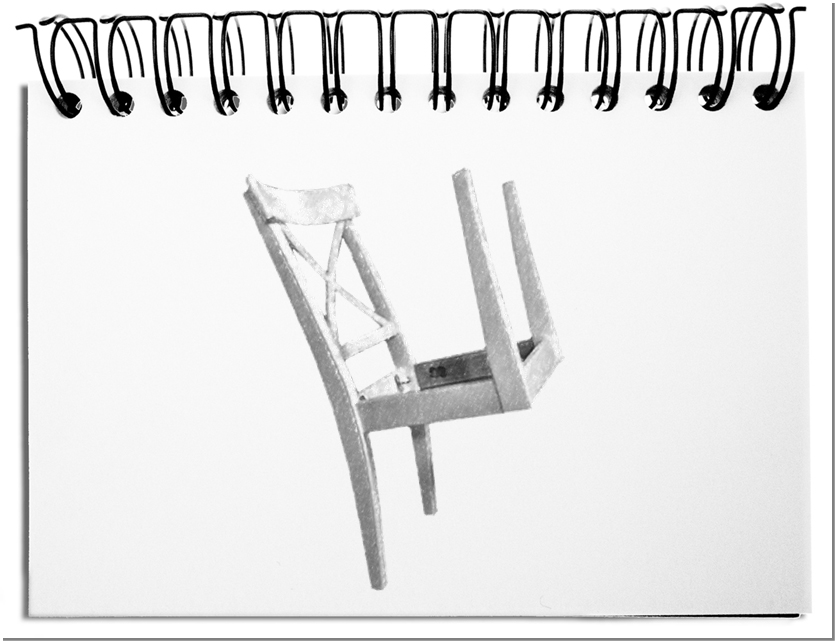There are occasions when our character appears. For instance, if you squeeze into a parking space, even though someone is already parking according to regulations. Or when you give vent to your lack of empathy and your disrespectful behavior at work. Or if you ignore any manual. We know people who have learned the assembly of a furniture item already in the cradle and who use their common sense to assemble a shelf or a chair – and sometimes parts remain, or something is missing.
This approach is also followed by many in their daily work because they know what to do;-) start where the problem is, try hard and adjust carefully. This approach provides in the short term a satisfying feeling for all tasks that results in endless Sisyphus work. There are solutions, like examples and recipes, which prevent misleading approaches. What does such manual need?
- The goal
The presentation of the desired future, with conditions as well as results and use cases, creates expectations in the mind of the user. Many activities can be derived from this picture.
In today’s offices there are complex tasks that are made easier with such manuals. For example, the design of business processes and the building of data models help to coordinate the involved areas. At various levels, goals are developed, which help to adjust in one direction – change activities need a vision, strategic goals, and whatever stimulates the imagination of those involved (e.g., values, SWOT, common terminology). - The parts
The manual mainly provides an overview of the required components. In the case of a furniture item, there is an overview of all parts and their quantity. If you get an outline, you can be sure that everything is complete. Additionally, it gives you an understanding of which parts you are using.
To master the complex interaction between different areas and systems, you need an overview of the inventory, which aspects have to be considered. Corresponding models provide these structures – a process has start and end events, steps, persons/ job positions carrying out the process, input and output data, IT systems, and other components as required. - The process
Nowadays, the results are small and nested. It is crucial to know in which order something has to be done to fulfill the result. Therefore, a manual provides steps and their sequence so that eventually, everything fits together, and nothing is left over.
Changes do not happen immediately but take time. Especially the size of the affected areas and the distribution across the world increase the duration. Here, too, some parts have to be assembled into components before they make up the whole. A new IT system needs precise requirements so that the expectations of the users can be met. Any subsequent changes undermine the so far achieved interim results. Therefore, the components must be planned in a way that they can be assembled at the right time and with little effort – an IT system requires an infrastructure of hard- and net-ware, databases, procedures, formulas, and rules as well as the correct terms and appropriate languages. - The result
The holistic look at the outcome and its application is extended in the manual by including illustrations and explanations of the parts, the components, and the final result. Eventually, you will have a good understanding of how the whole thing works together.
Due to the complexity of the interests and solutions, many people forego a well-reasoned approach. It may also be explained with the wishful thinking that has led to the hype of agility that takes the burden of decision making away from those responsible. This kind of established muddling through is only possible by virtue of the commitment of the employees, who take over the tasks of the managers – which makes the leaders obsolete. There is a blueprint for almost every result – be it an existing solution that can be bought off the shelf (e.g., SAP), or a standard (e.g., ISO56002:2019 Innovation Management) that describes everything like a manual.
Bottom line: If you are in the water up to your neck, then you have no overview. With a corresponding manual, you could get it and make a solution more likely. Unfortunately, most people are already up to the lower edge of their upper lip. The adhocrats reveal themselves by their expressions: We already know what to do; We do not need a plan; Instructions are for newbies; This is all much too abstract. Tutorials are the exact opposite of abstract philosophies of which these people are afraid. These manuals consist of a clear goal, an overview of the components, a procedure, and a presentation of the result. And this without lengthy derivation and justification. The only remaining objection would be that not everything is explained – which nobody would want to read. It is now an excellent moment to readjust one’s mindset and understand that experts never work without such a recipe, because: Instructions are not only for newbies.

